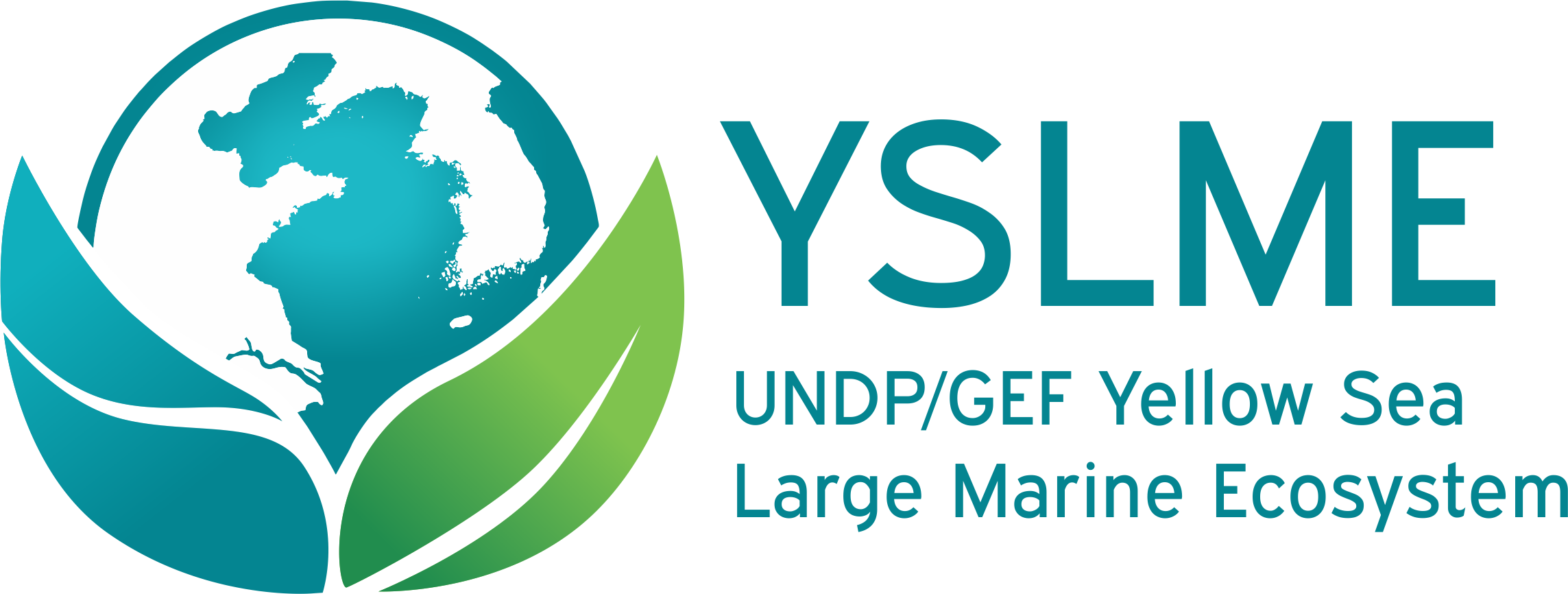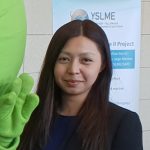On March 30, 2020, the Ministry of Agriculture and Rural Affairs of China (MARA) issued a notification on implementation of ‘Five Major Actions for a Greener and Healthier Aquaculture” from 2020. The notification supports the overarching considerations put forward by PR China’s Central Committee and State Council to win the battle in preventing and controlling the COVID-19 pandemic by ensuring stable production and supply of aquatic products through Green Development.
Under the ‘Five Major Actions’, nine ecological and healthy aquaculture technology models were identified for demonstration and replication nationwide. One of which is the Integrated Multi-Trophic Aquaculture (IMTA) model.
IMTA promotes a system that “mimics nature”. It is based on the ecosystem carrying capacity of an area, where species from different trophic levels are cultivated and produce seafood. The generated nutrients or wastes produced at one trophic level are recycled naturally and becomes a resource for another trophic level. MARA indicated that IMTA or rational stocking of seaweed and aquatic species with different trophic levels and ecological niche in the same aquaculture area will result to: quality control of water, nutrient recycling, ecological disease prevention and quality-and-safety control. This system will therefore help improve the efficiency of aquaculture and reduce the discharge of aquaculture waste.
The IMTA model will be used for freshwater ponds, including selected farming of omnivorous fish, mixture of carnivorous and filter feeders, as well as marine waters, comprising bait feeders, filter feeders, macroalgae and sediment feeders.
To ensure proper coordination and stronger implementation of the ‘Five Major Actions’, MARA’s notification laid out the responsibility centers and safeguards. The Bureau of Fisheries is tasked to lead the organization of various tasks, the National Fisheries Technology Center (NFTEC) will implement the Five Major Actions, and while provincial fishery authorities will formulate and coordinate the actions in their respective jurisdictions.
Each province (district or city) in the coastal area and key inland aquaculture areas are asked to choose more than 3 technical models and establish extension centers. In other regions, each province (district or city) could choose the number of technical models by themselves. So far, provinces (districts or cities) such as Liaoning, Fujian and Ningbo, have explicitly chosen IMTA models in their workplans, which marks further expansion of IMTA in scale.
The release of MARA’s notification, and inclusion of IMTA model therein, signifies an important milestone in China’s objective towards sustainable aquaculture, including in its Yellow Sea areas. The GEF/UNDP YSLME Phase II Project, in particular, demonstrated the application of IMTA in selected areas in Shandong and have shared to key institutions in China the project results showing promising replication. To promote knowledge transfer on IMTA, the YSLME Project has also developed a training module and conducted training courses through its partners like the Yellow Sea Fisheries Research Institute (YSFRI). A Responsible Mariculture Initiative was also launched through the Yellow Sea Grant Program (YSGP) by China Aquatic Products Processing and Marketing Alliance (CAPPMA). An IMTA training center was constructed and operational in Dongchudao Village of Rongcheng City where IMTA was first demonstrated in China to transfer the knowledge to its peers both in China and internationally in collaboration with YSFRI. The YSLME Project stays fully committed in advancing sustainable mariculture practices in the Yellow Sea region, and in contributing to China’s objective to accelerate Green Development of Aquaculture in the country and elsewhere in the world.










